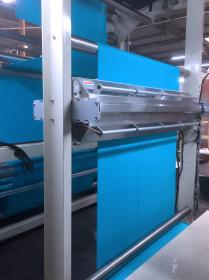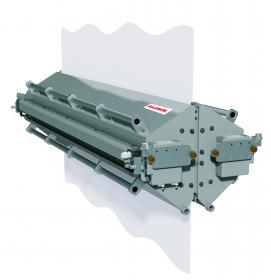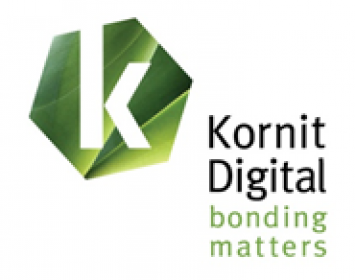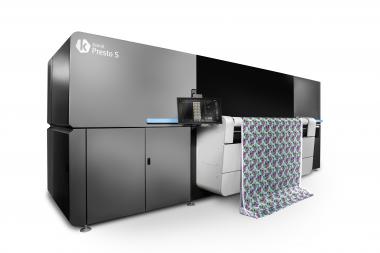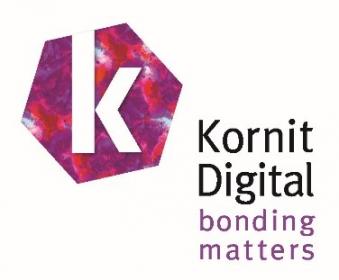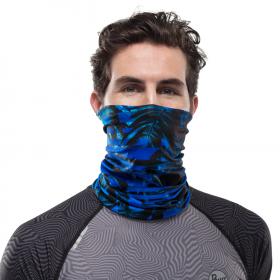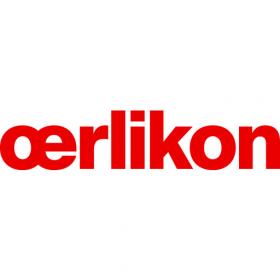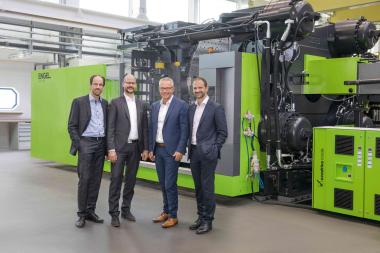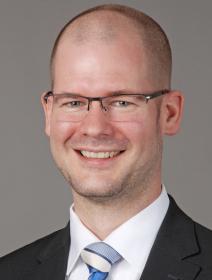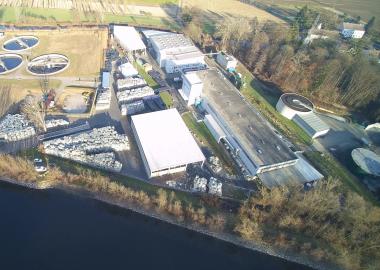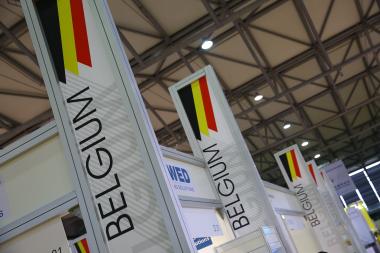Baldwin Technology to launch the TexCoat G4 at ITMA 2019
Revolutionizing textile finishing by enhancing sustainability and total process control
Baldwin Technology Company Inc., a member of TMAS, the Swedish textile machinery association, is pleased to announce the launch of the TexCoat G4 at the ITMA trade show in Barcelona from June 20-26, 2019. The TexCoat G4 is the next generation of the company’s revolutionary non-contact precision application system for fabric finishing.
The system enables a continuously high quality and productive textile finishing process with zero chemistry waste and drastically reduced water and energy consumption. TexCoat G4 will be demonstrated by Baldwin in Hall H2, stand A204.
“We are immensely proud to launch the TexCoat G4 at ITMA 2019,” said Eric Norling, Vice President Precision Application Segment, Baldwin Technology. “This is an opportunity to experience an innovation that drastically improves both the process and product quality, while saving time, valuable resources and contributing to a sustainable future.”
The non-contact spray technology brings numerous advantages compared to conventional methods of applying finishing chemistry. The chemistry is uniformly distributed across the textile surface and is applied only where it is required – on one or both sides of the fabric. This is highly beneficial e.g. when applying water repellants on laminated fabrics, as it eliminates the problem of chemistry affecting the quality of the adhesion layer. Furthermore, the non-contact technology eliminates chemistry dilution in wet-on-wet processes, allowing full control of maintaining consistent chemistry coverage rates. Additionally, with no bath contamination during the finishing process, there is zero downtime during colour or fabric changeovers.
AWOL Media


